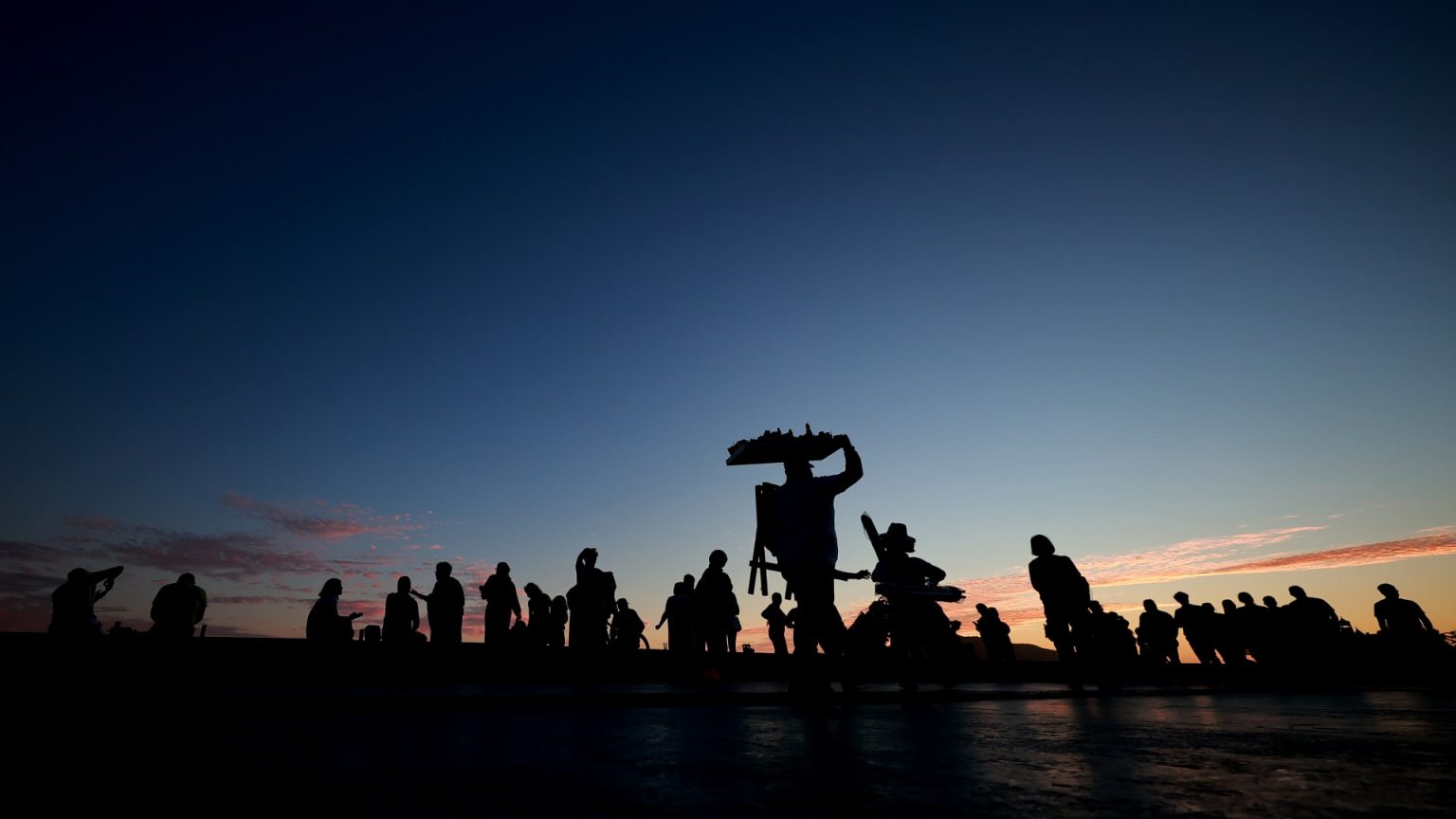Monday’s solar eclipse led to disruptions at smaller airports across the country as flights were briefly halted to accommodate the high demand for prime views of the phenomenon. The best viewing locations for the solar eclipse in the U.S. stretched from Texas through Illinois, Kentucky, Ohio, and up to New York and Maine. FAA traffic adjustments allowed airports to manage the influx of aircraft and avoid parking jams on the ground. Some airports, such as Southern Illinois Airport in Murphysboro, saw a record number of aircraft with reservations for eclipse flights.
Southern Illinois Airport experienced its highest number of aircraft ever with 230 small propeller aircraft and around 45 larger jets and turboprops. Burlington International Airport in Vermont also saw a significant increase in general aviation planes with between 100 and 130 expected to arrive on Monday. The eclipse was considered a major event by the FAA and was discussed during the agency’s planning call at its command center in Warrenton, Virginia. Other common obstacles for air travel include presidential travel, severe weather, and major sports and entertainment events.
Delta Air Lines offered special eclipse flights where passengers could view the event from the sky, including flights from Dallas/Fort Worth International Airport to Detroit and from Austin, Texas, to Detroit. United Airlines reported a surge in bookings to San Antonio, Cleveland, and Little Rock, Arkansas, around the eclipse compared to the same dates last year. The eclipse was not only a spectacle for aviation enthusiasts but also expected to benefit hotels, house rentals, and other businesses as tourists flocked to areas with optimal viewing opportunities.
The FAA had previously issued warnings to pilots about possible disruptions and heavy traffic at airports along or near the eclipse’s path. The influx of aircraft and passengers to smaller airports due to the eclipse provided a unique opportunity for these facilities to shine. Alyssa Connell, head of operations at Southern Illinois Airport, mentioned having to close the runway to park planes due to the high number of reservations for eclipse flights. Despite the challenges, the eclipse brought an unprecedented level of activity to these smaller airports.
Overall, the solar eclipse led to significant disruptions and changes in air traffic patterns at various airports across the U.S. as travelers sought prime locations for viewing the phenomenon. Delta Air Lines and United Airlines capitalized on the event by offering special eclipse flights, while smaller airports like Southern Illinois Airport and Burlington International Airport experienced record numbers of aircraft. The eclipse also resulted in increased bookings to cities along the eclipse’s path, benefiting businesses in those areas. Despite the logistical challenges, the solar eclipse provided a unique opportunity for smaller airports to showcase their capabilities and handle the surge in air traffic.


